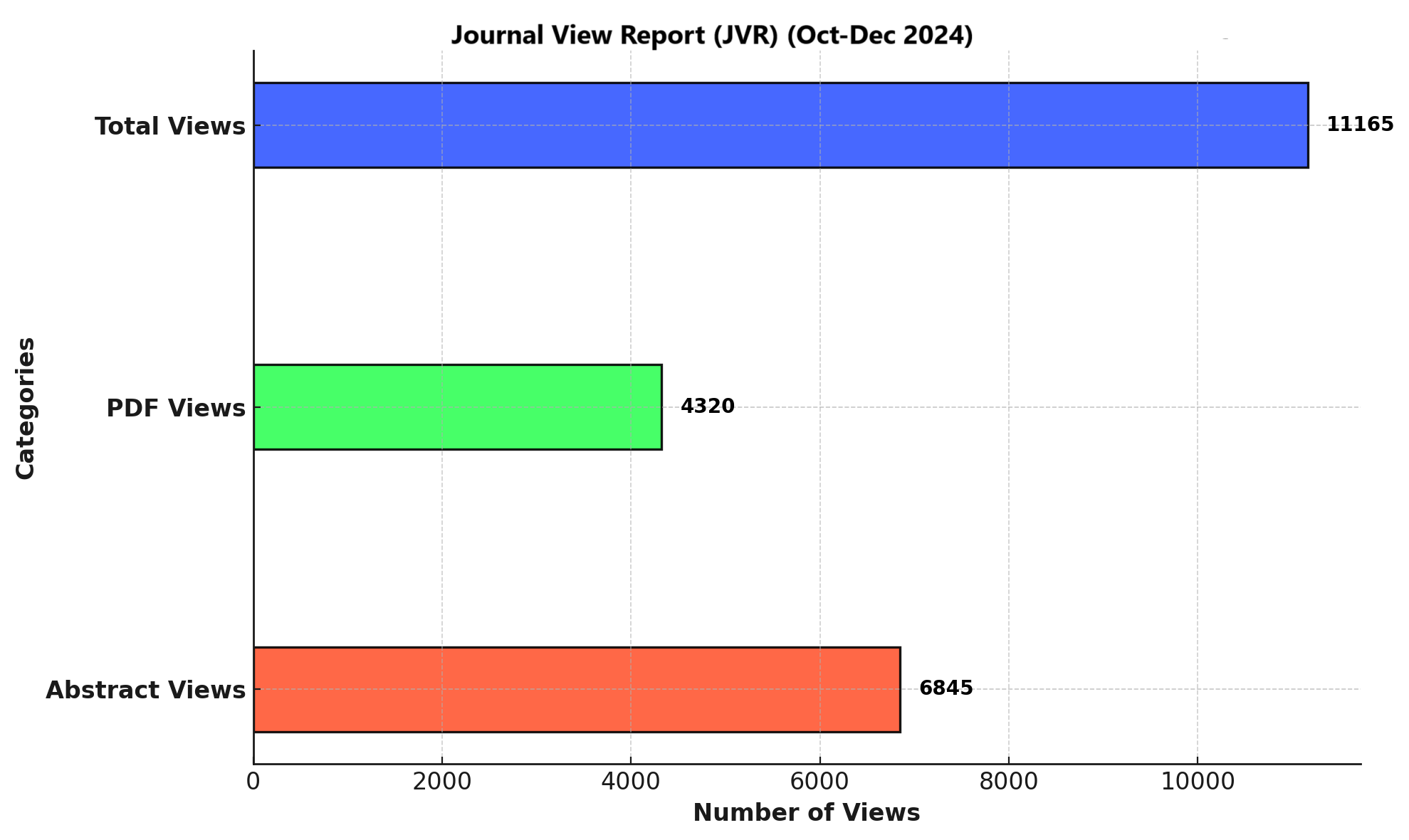ASSESSMENT OF SEVERITY OF BALANCE DYSFUNCTION AT DIFFERENT LEVELS OF AUTISM SPECTRUM DISORDER
DOI:
https://doi.org/10.71000/v9pzq943Keywords:
Autism Spectrum Disorder, Balance, Child, Cross-Sectional Studies, Motor Skills, Pediatric Balance Scale, Postural BalanceAbstract
Background: Balance is the ability to evenly distribute body weight to stand and move. Proper posture and alignment of the body structures are required to maintain balance. Autism Spectrum Disorder (ASD) is a group of neurodevelopmental disorders characterized by social and communication disabilities with atypical behavioral patterns. In addition to these fundamental symptoms, co-occurring psychological or brain-related conditions, including hyperactivity and attention difficulties, anxiety, depression, and epilepsy are common in these people. 1 in every 100 children have ASD worldwide.
Objective: The objective of this study is to assess the balance of the autistic child that may be helpful in early diagnosis and to aid in planning of the best treatment approach.
Methods: A cross-sectional study design with a purposive sampling technique was used. The sample size was 106. The duration of the study was six months. The balance of the selected subjects with ASD was assessed using the Pediatric Berg Balance Scale (PBS). Data was entered in an already designed standardized scale and processed using SPSS.
Results: The mean age was 7.96±1.65 the mean height was 124.80±6.43 and the mean weight was25.57±4.01. The gender distribution was 56 male and 50 female. All the subjects were already diagnosed with DSM-V criteria. the balance score was, 11 were disabled, 41 had severe balance dysfunction,37 with moderate balance dysfunction, and 17 had near-normal or normal balance.
Conclusion: The study concluded that there are balance problems among different levels of autism spectrum disorder. And early detection and an effective treatment plan can be helpful.
Downloads
Published
Issue
Section
License
Copyright (c) 2025 Fatima Shafaqat Ali, Aneela Amjad, Zarnab Batool, Bisma Hanif, Ayesha Yousaf, Muhammad Zeeshan Anwar (Author)

This work is licensed under a Creative Commons Attribution-NonCommercial-NoDerivatives 4.0 International License.







